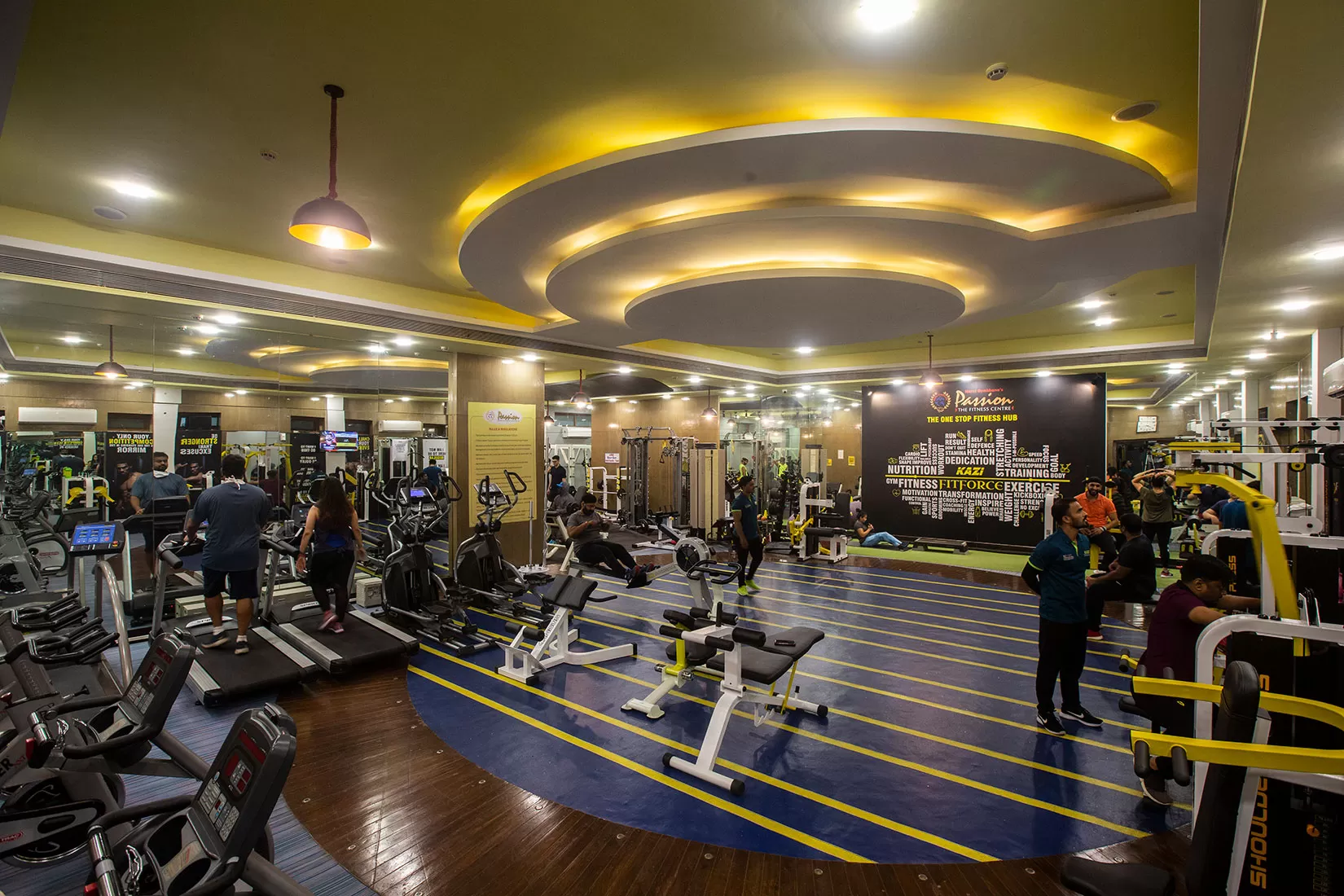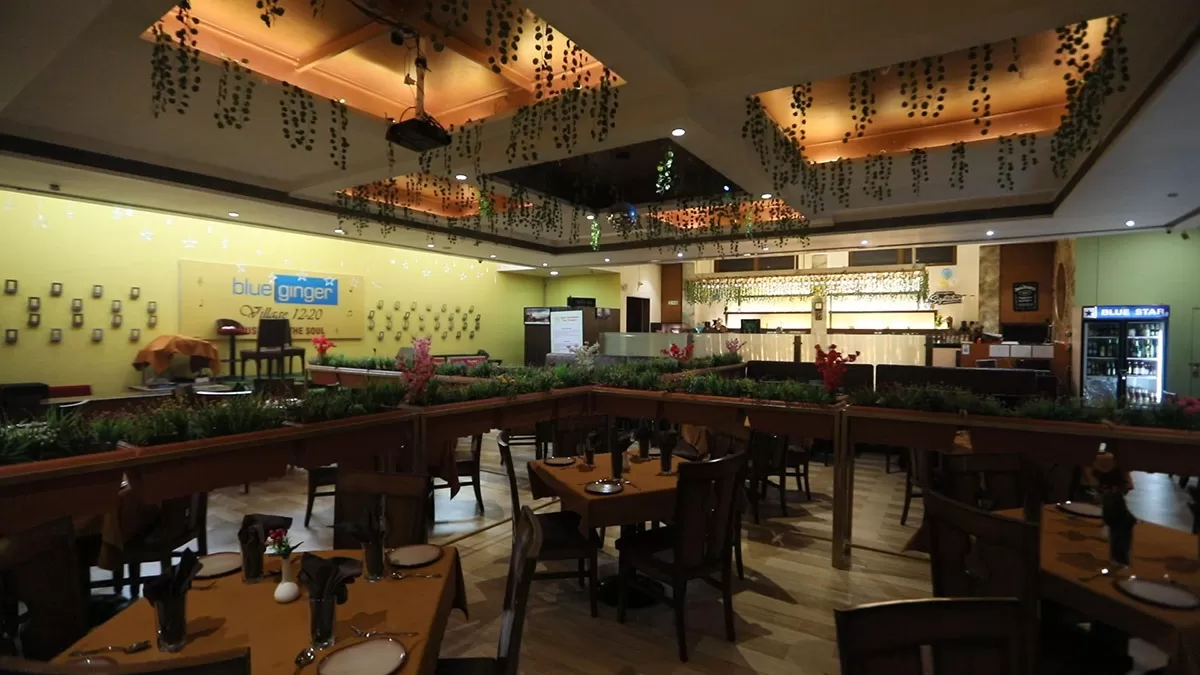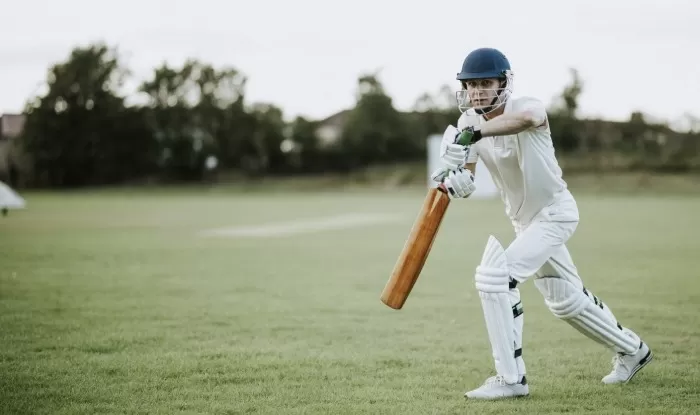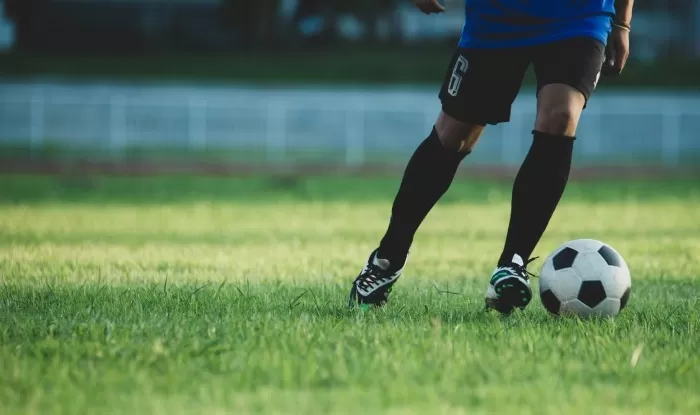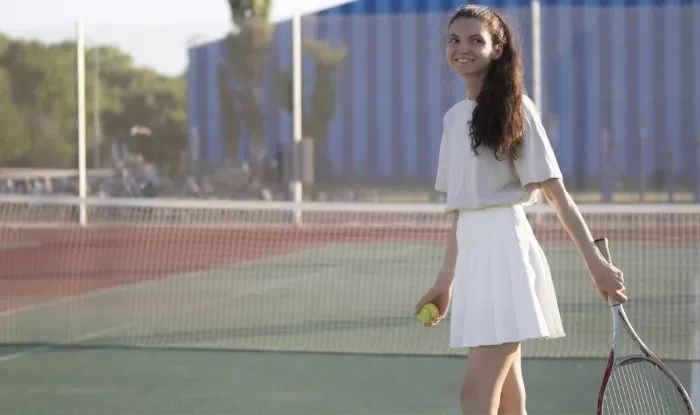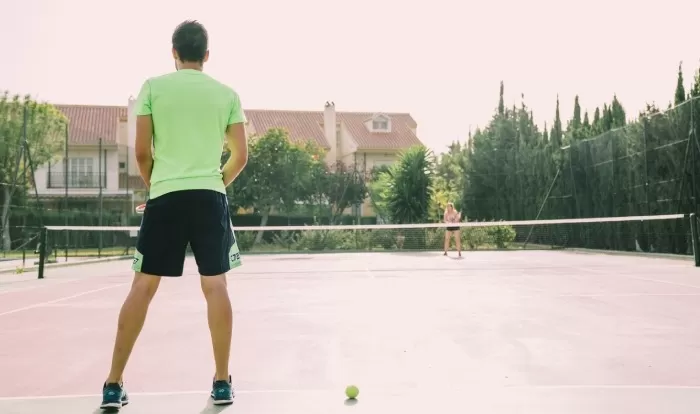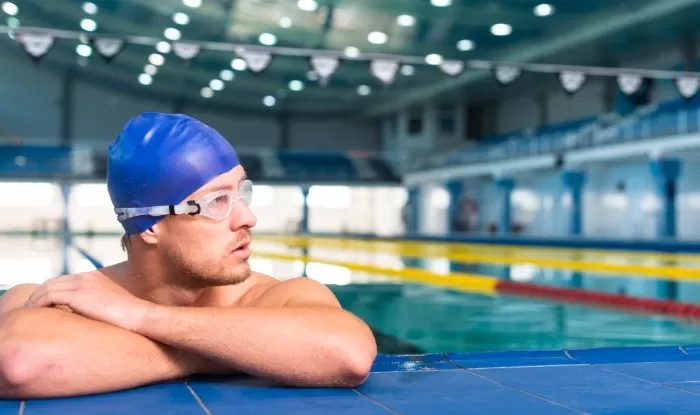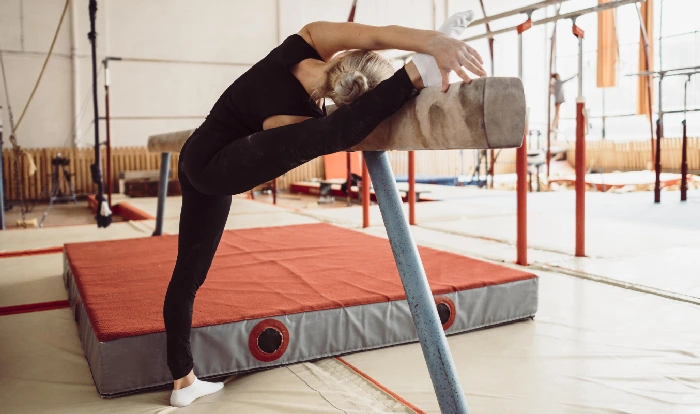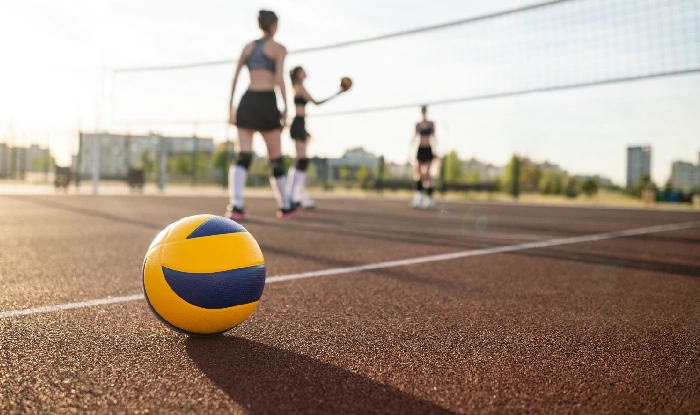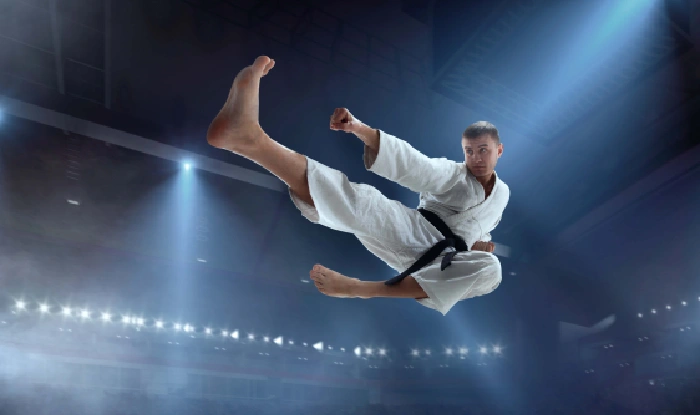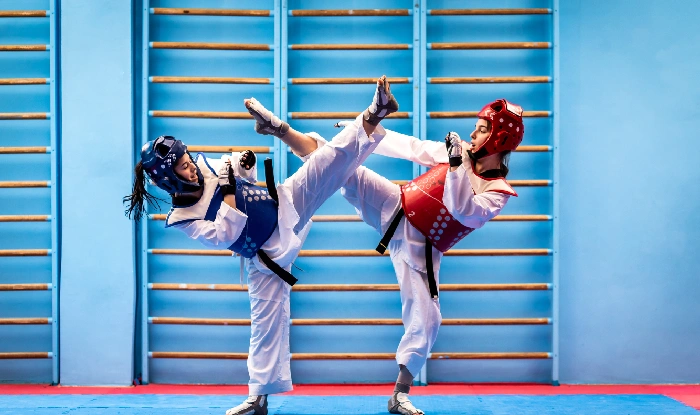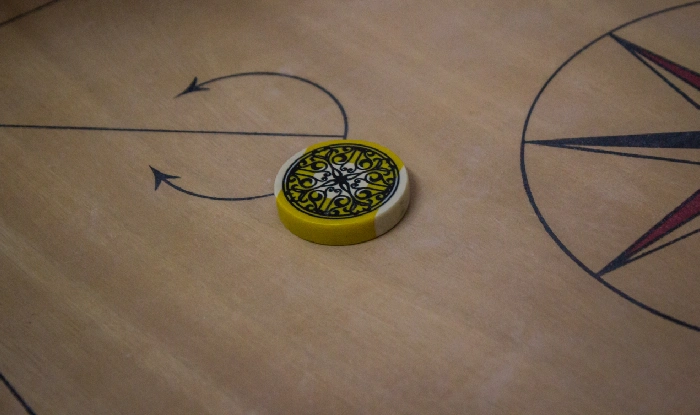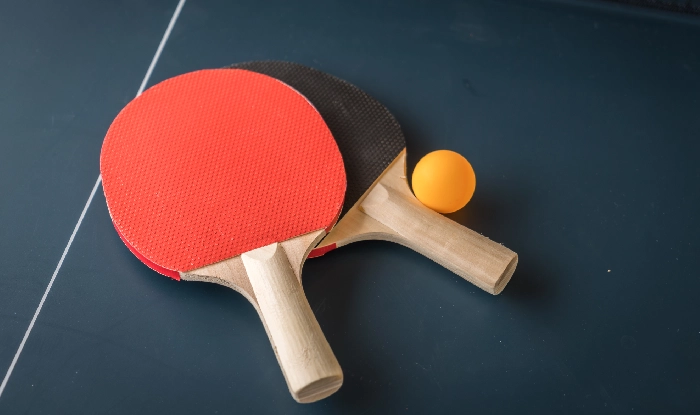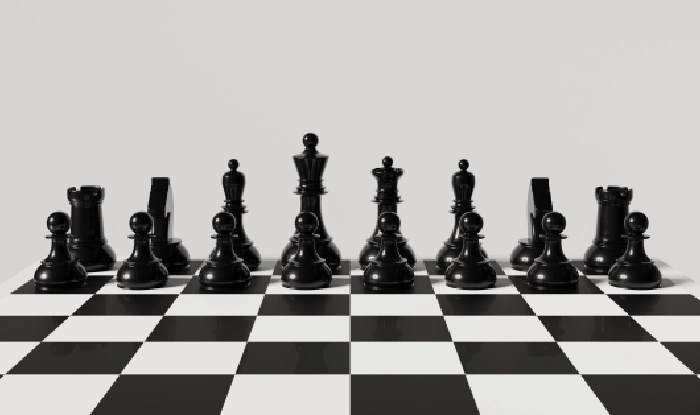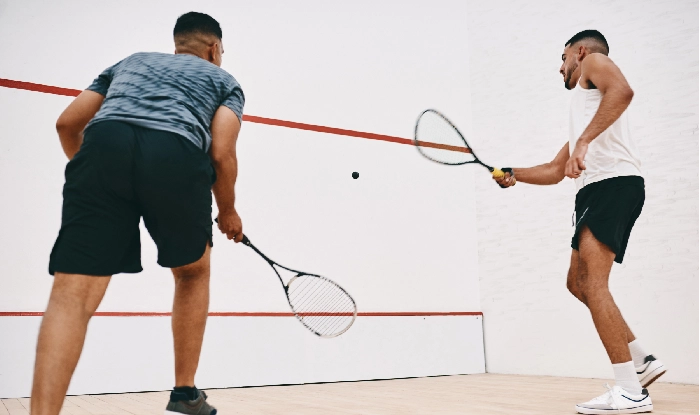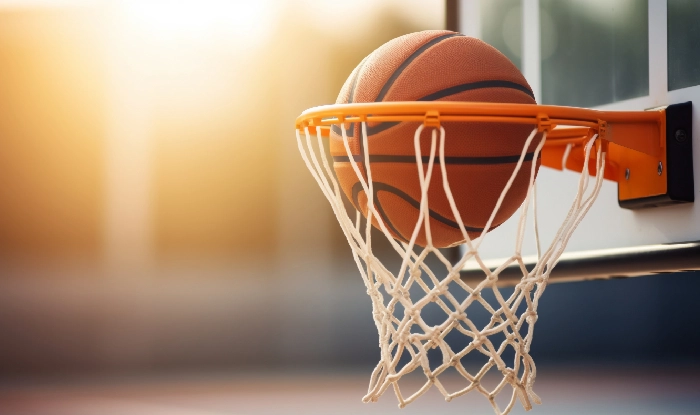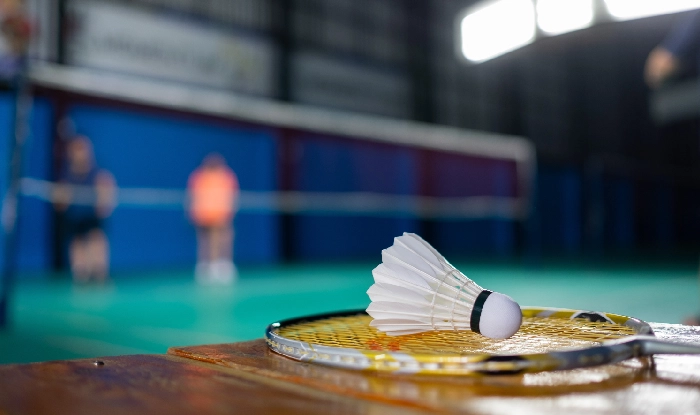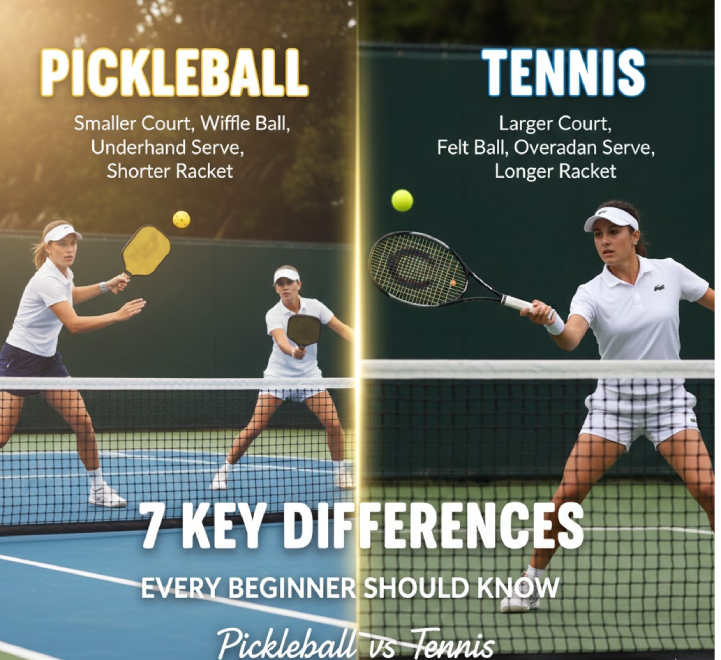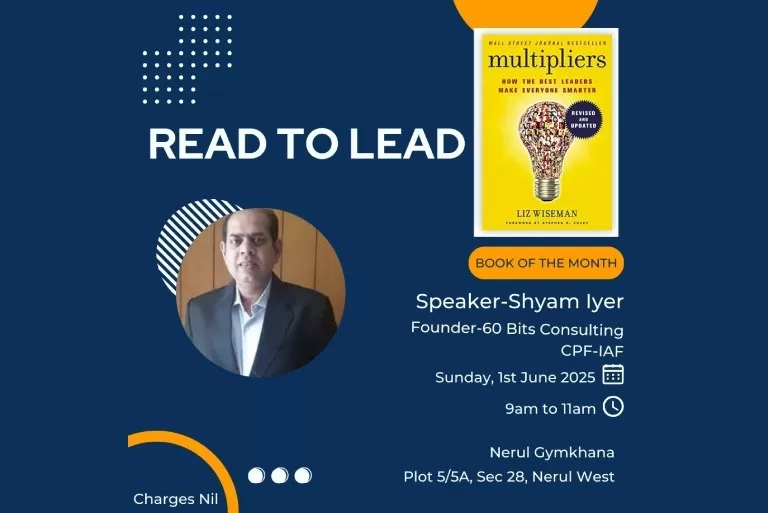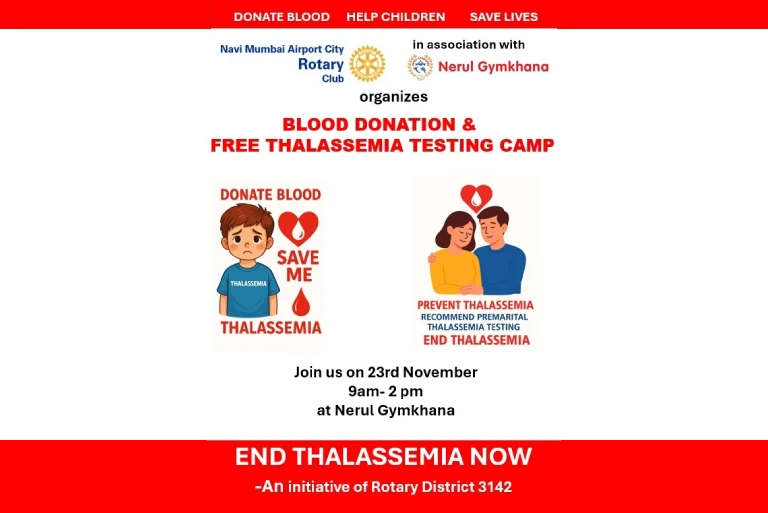Sports enthusiasts are constantly on the lookout for games that are fun, social, and physically engaging. In recent years, pickleball has emerged as one of the fastest-growing sports worldwide, sparking curiosity among tennis players and beginners alike. But what really sets pickleball apart from tennis? Whether you are a seasoned tennis player or someone looking to try a new sport, understanding the key differences can help you make an informed choice. Here is a detailed guide comparing pickleball vs tennis to help beginners get started.
1. Court Size and Layout
One of the first noticeable differences between pickleball and tennis is the size of the court. Tennis courts are larger, stretching 78 feet in length and 27 feet wide for singles matches. Doubles matches increase the width to 36 feet. The size of the court requires players to cover more ground and demands higher endurance.
In contrast, pickleball courts are smaller, measuring 44 feet long and 20 feet wide. The smaller size makes it easier for beginners to move around without getting exhausted too quickly. If you are looking to locate pickleball courts in navi mumbai, clubs like Nerul Gymkhana provide well-maintained courts that allow players of all skill levels to enjoy the game.
The compact court size also influences game strategies. In tennis, baseline rallies dominate, while pickleball emphasizes quick reflexes and placement.
2. Equipment Differences
Equipment is another factor that separates pickleball and tennis. Tennis players use strung rackets, which vary in weight and tension, allowing for different styles of play. Tennis balls are pressurized, bounce high, and require precise timing.
Pickleball, on the other hand, uses solid paddles made from wood or composite materials and a lightweight perforated plastic ball. The paddle is easier to handle, and the ball travels slower than a tennis ball, making it beginner-friendly. Tennis players learning pickleball often find the paddle easier to grip, allowing them to focus more on placement rather than power. For those curious about trying the game, you can find pickleball courts in Navi Mumbai at Nerul Gymkhana.
3. Serving Rules
The serve is one of the areas where pickleball vs tennis rules show a significant difference. In tennis, players serve overhand, aiming for power and accuracy. The high-speed serve can put beginners at a disadvantage if they struggle to return it.
In pickleball, all serves are made underhand. The ball must be hit below the waist, which makes it easier for new players to engage in rallies. The underhand serve also encourages longer rallies, allowing players to enjoy the game without constantly being under pressure.
4. Scoring Systems and Game Duration
Understanding the scoring system is vital for any beginner. Tennis uses games, sets, and matches to determine a winner. Players need to win six games with a margin of two games to secure a set, and matches can extend to three sets (common in most tournaments and women’s matches) or five sets (common in men’s Grand Slams) depending on the format.
Pickleball uses scoring where points can only be scored by the serving team. Games are typically played to eleven points, and players must win by two points. The shorter duration makes pickleball easier than tennis for beginners who want a complete game in less than an hour. The simplified scoring system allows newcomers to focus on learning techniques rather than keeping track of complex rules.
5. Ball Speed and Gameplay
Tennis is known for its fast-paced rallies, powerful serves, and extended rallies. The speed of the tennis ball demands agility, strength, and precise timing. Beginners may find it challenging to keep up with experienced players, making tennis a high-intensity workout.
Pickleball, by comparison, has slower ball speed and smaller court dimensions. The gameplay focuses on strategy, placement, and teamwork. The slower pace helps beginners build confidence while still enjoying the competitive aspect of the game. This difference is particularly appealing for tennis players looking for a less strenuous yet engaging alternative.
6. Physical Demand and Accessibility
Tennis requires high levels of stamina, agility, and strength. Running across a large court, performing rapid sprints, and executing powerful serves can be physically demanding. On the other hand, pickleball places less strain on the body due to its smaller court and slower pace.
For these reasons, many people find pickleball easier than tennis. Beginners, older players, and individuals recovering from injuries often prefer pickleball for its low-impact nature. Despite the reduced physical demand, the game still provides a full-body workout, improving reflexes, coordination, and overall fitness.
7. Community and Social Engagement
Both sports encourage social interaction, but pickleball stands out as a community-oriented game. Clubs like Nerul Gymkhana host regular pickleball events, training sessions, and social gatherings, making it an excellent way to meet like-minded players. Tennis clubs tend to focus more on competitive matches and individual performance. The communal aspect of pickleball makes it accessible for beginners who want to learn, have fun, and stay active. Being part of a club allows players to receive guidance, participate in friendly tournaments, and enjoy supportive environment.
Conclusion
Pickleball vs tennis may seem similar at first glance, but the differences are clear when you examine court size, equipment, rules, scoring, gameplay, physical demand, and social aspects. Tennis offers a high-intensity, skill-based experience, while pickleball provides a more approachable, strategic, and social game suitable for beginners and experienced players alike.
Whether you are a tennis player learning pickleball or someone entirely new to racket sports, starting with pickleball can be rewarding and fun. If you want to explore this exciting sport, you can check out pickleball near you at Nerul Gymkhana and experience the vibrant community, well-maintained courts, and professional guidance.
Engage, play, and enjoy the thrill of pickleball while building skills that complement your tennis game.

